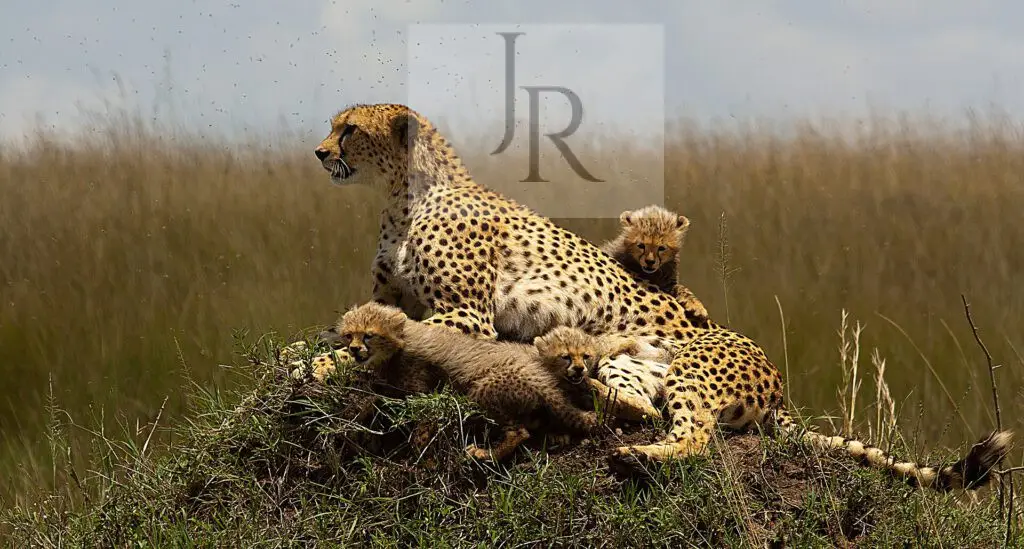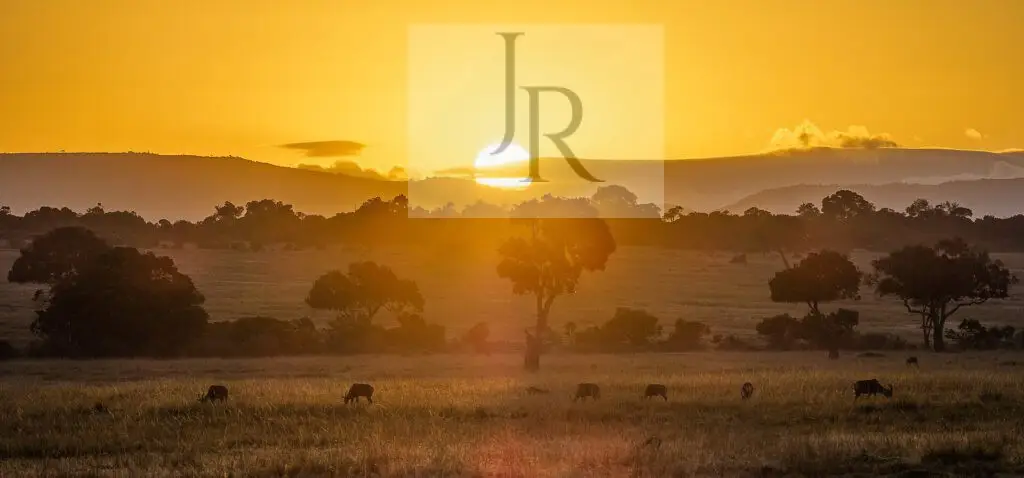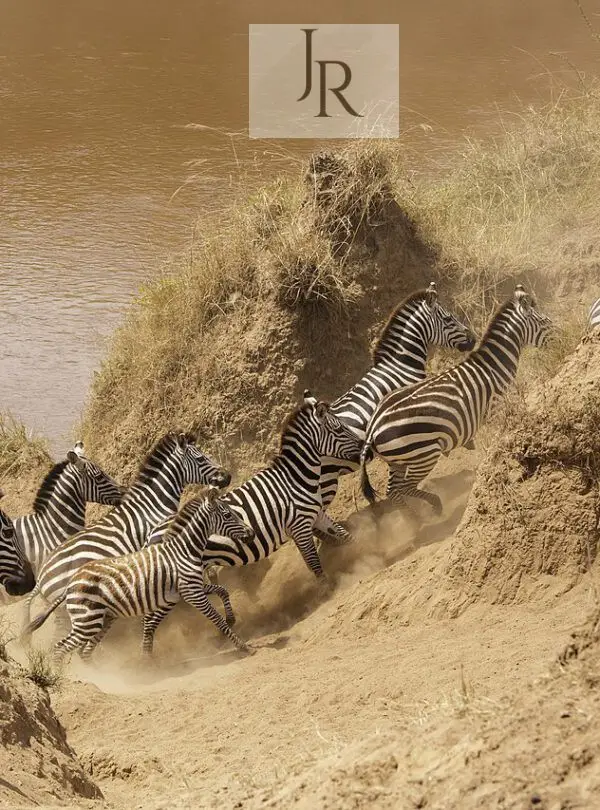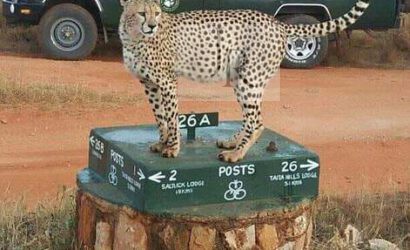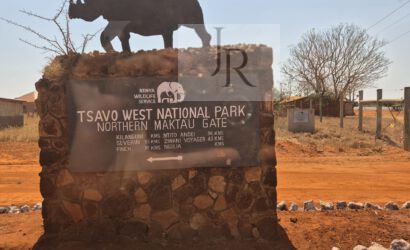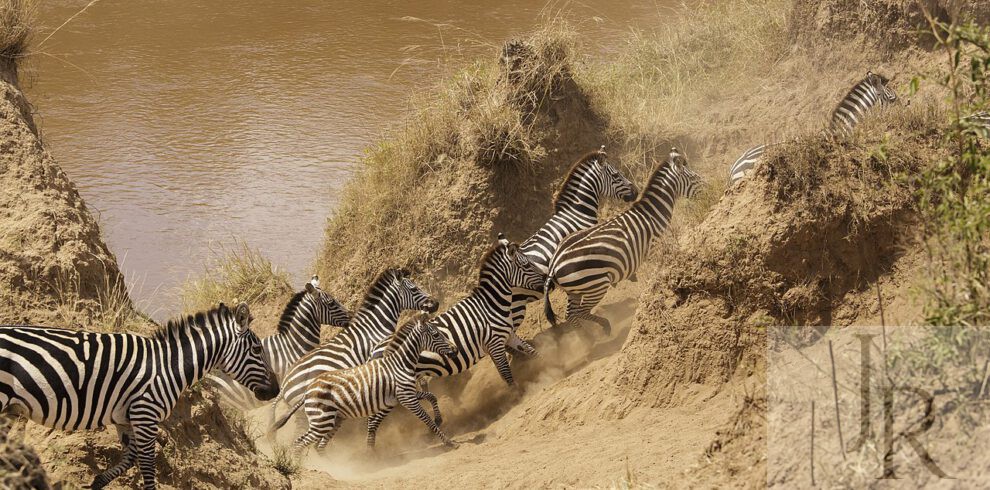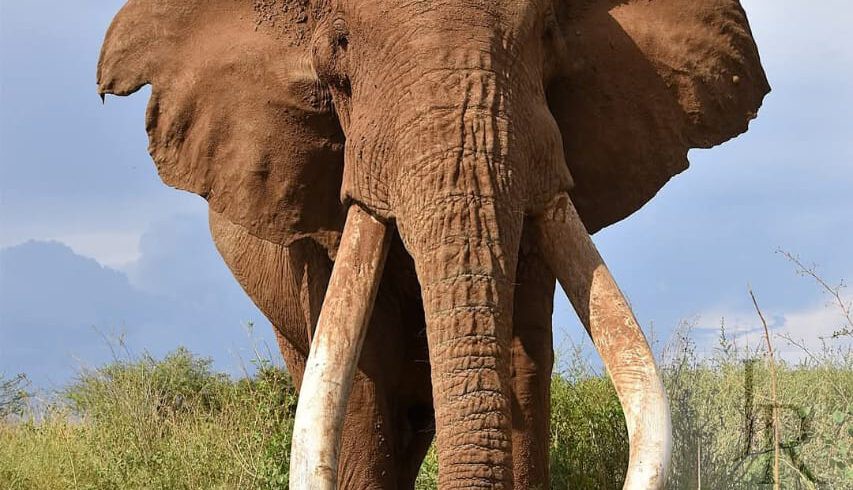From $830 • depending on Seasonal & Pax (incl. Masai Village & Nature Walk)
The Masai Mara and Lake Nakuru Safari is the classic four-day Kenya itinerary, perfectly combining the country’s two most famous game reserves. This tour takes you from Nairobi through the spectacular Rift Valley to the world-famous Masai Mara, home to Africa’s largest populations of big cats and the scene of the annual wildebeest migration. Two full days in the Mara guarantee intense Big Five encounters, followed by a visit to Lake Nakuru National Park, known for rhinos, leopards, and seasonally millions of flamingos.
This safari combines the vast savannah plains of the Mara with the dense acacia forests and dramatic Rift Valley views of Nakuru – the perfect introduction to Kenya’s extraordinary wildlife.
Duration: 4 days / 3 nights | Start/End: Nairobi | Best time to travel: July-October (migration), January-March (fewer visitors)
Thank you for booking with Jungle Roar Safaris.
Overview
The Masai Mara and Lake Nakuru Safari is the classic four-day Kenya route, combining the world-famous Masai Mara with Lake Nakuru National Park.
Two full days in the Mara guarantee intense Big Five encounters: over 250 lions, numerous leopards and cheetahs, large herds of elephants and buffalo, and a small population of white rhinos. From July to October, the largest animal migration on earth takes place here – two million wildebeests and 300,000 zebras cross the Mara River in spectacular river crossings.
The open savannah plains offer perfect sightings without dense vegetation. Lake Nakuru is known for its more than 100 rhinos, one of the highest leopard densities in Kenya, and seasonally millions of flamingos that turn the lake pink. Rothschild giraffes and the Baboon Cliff Viewpoint with dramatic Rift Valley views are further highlights.
The drive takes you through the spectacular Great Rift Valley, with a stop at the famous viewpoint. Accommodation: Safari camps or lodges in the Mara, Lake Nakuru Lodge in the middle of the park. This safari is ideal for first-time visitors to Kenya, wildlife photographers and anyone who wants to experience the most famous reserves in a short time.
Highlights
- Big Cats in the Masai Mara
- Great Rift Valley Viewpoint
- Mara River Hippos and crocodiles up close, during migration (July-October) the legendary wildebeest river crossings
- Rhinoceroses in Lake Nakuru
- Flamingo Spectacle & Baboon Cliff
